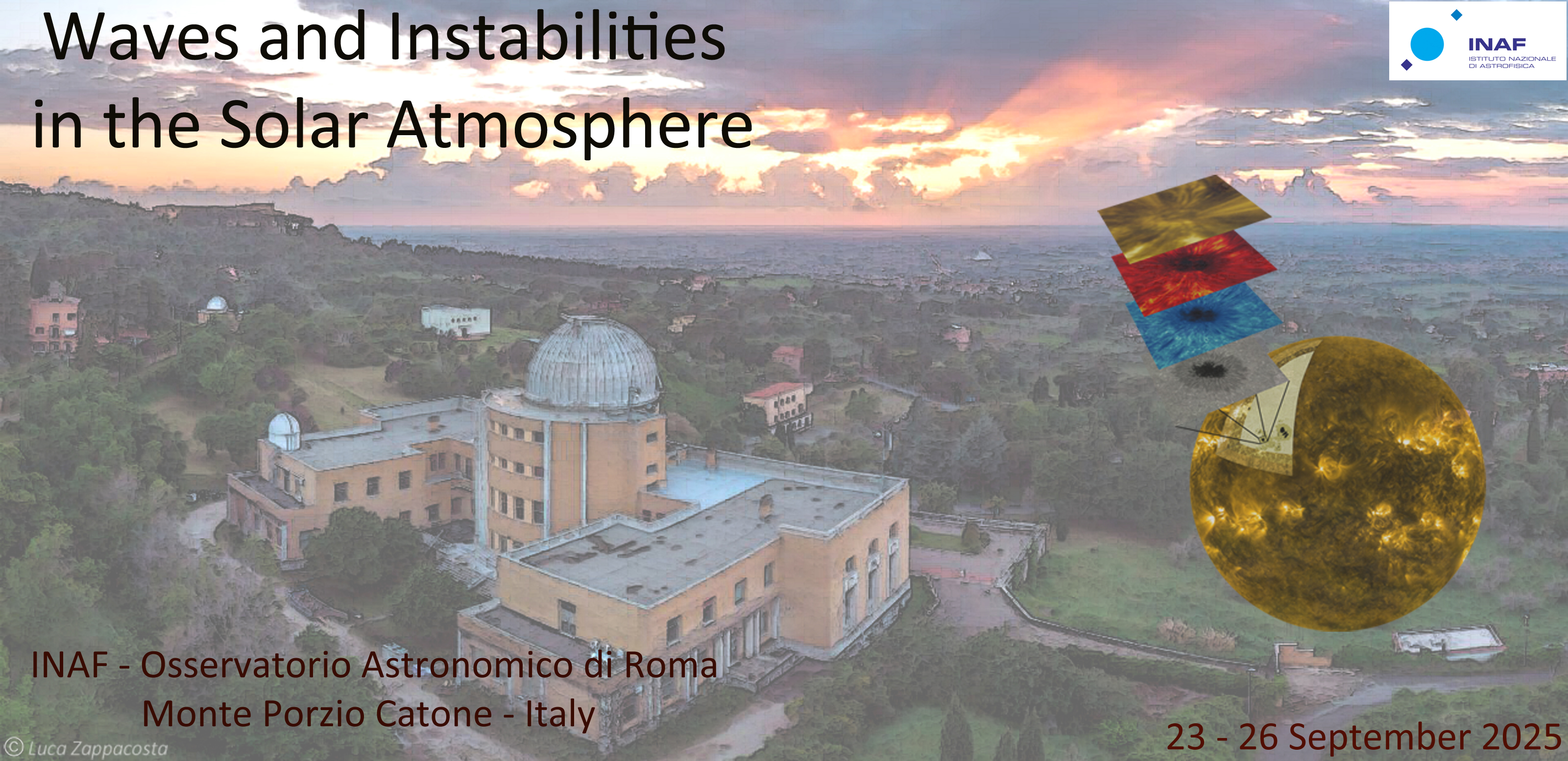Speaker
Description
Forced magnetic reconnection is triggered by external perturbations, which plays a crucial role in the energy release during solar transient events, that are often associated with the disintigration of electric current sheets (CSs) through tearing instability. The instability in the CS is triggered by imposing impulsive velocity perturbations concentrated at different locations in the upper half along the CS plane. This leads to the formation of plasmoids and their later coalescence. We demonstrate that a transition from purely 2D reconnection to 2.5D reconnection with guide field takes place at the interface between the plasmoids as the latter evolve from the pre-merger to the merged state. The small-scale, short-lived, and collimated outflows during the merging process share various physical properties with nanojets. The subsequent thermodynamic change within and outside the merged plasmoid region is governed by the combined effect of Ohmic heating, thermal conduction, and expansion/contraction of the plasma.

